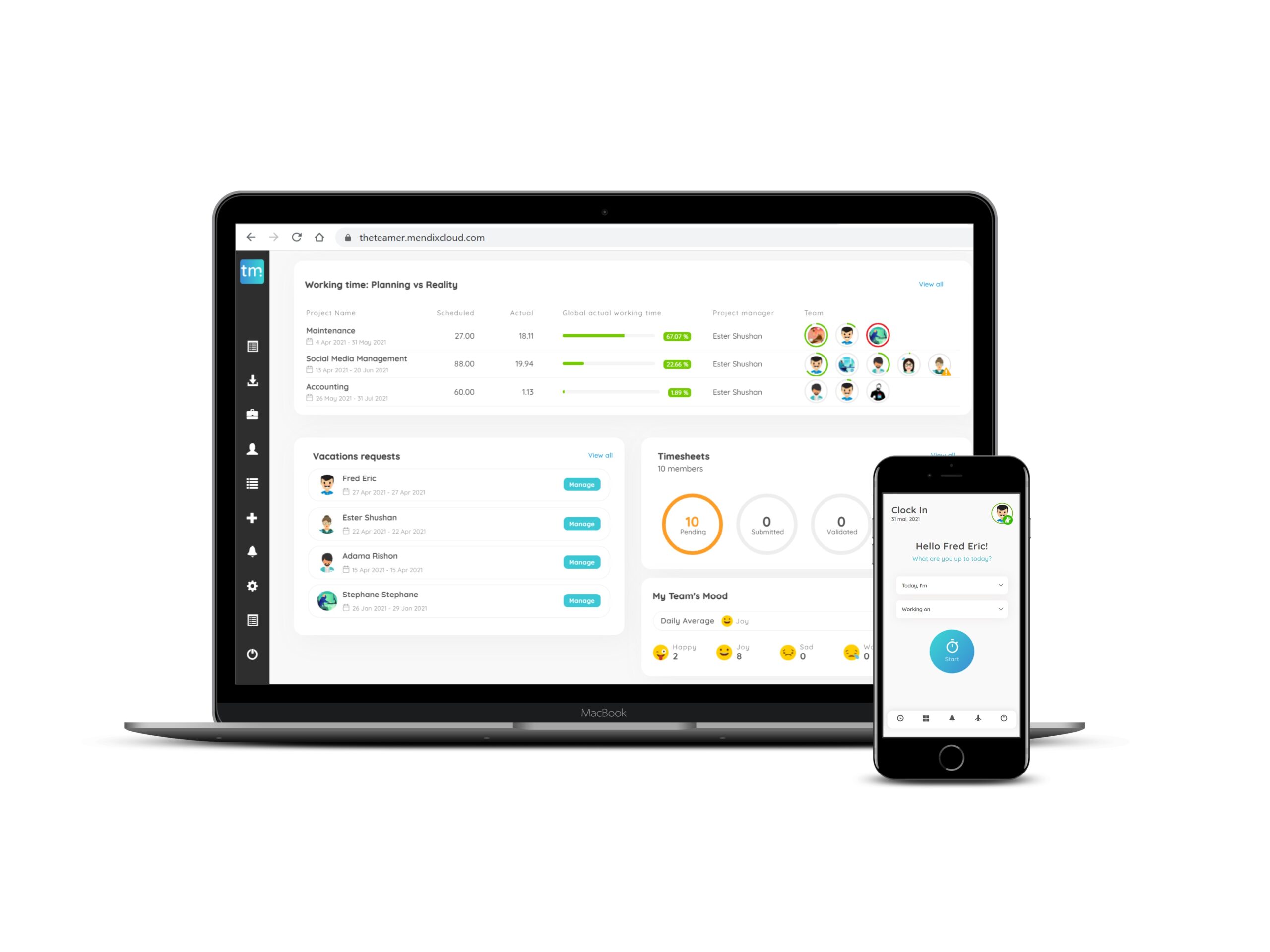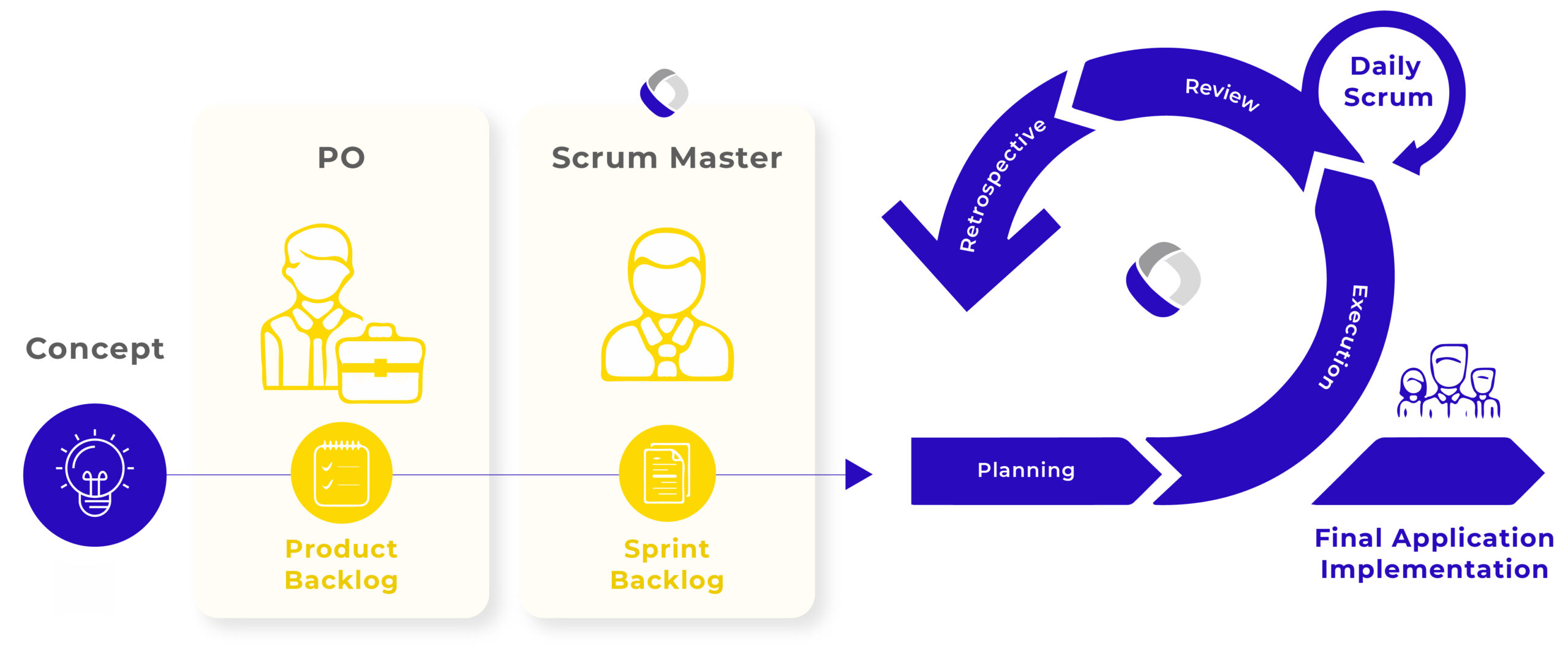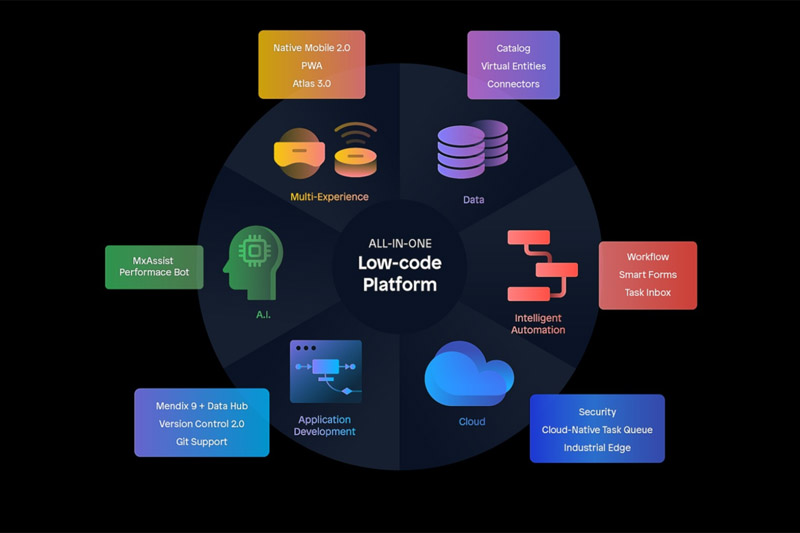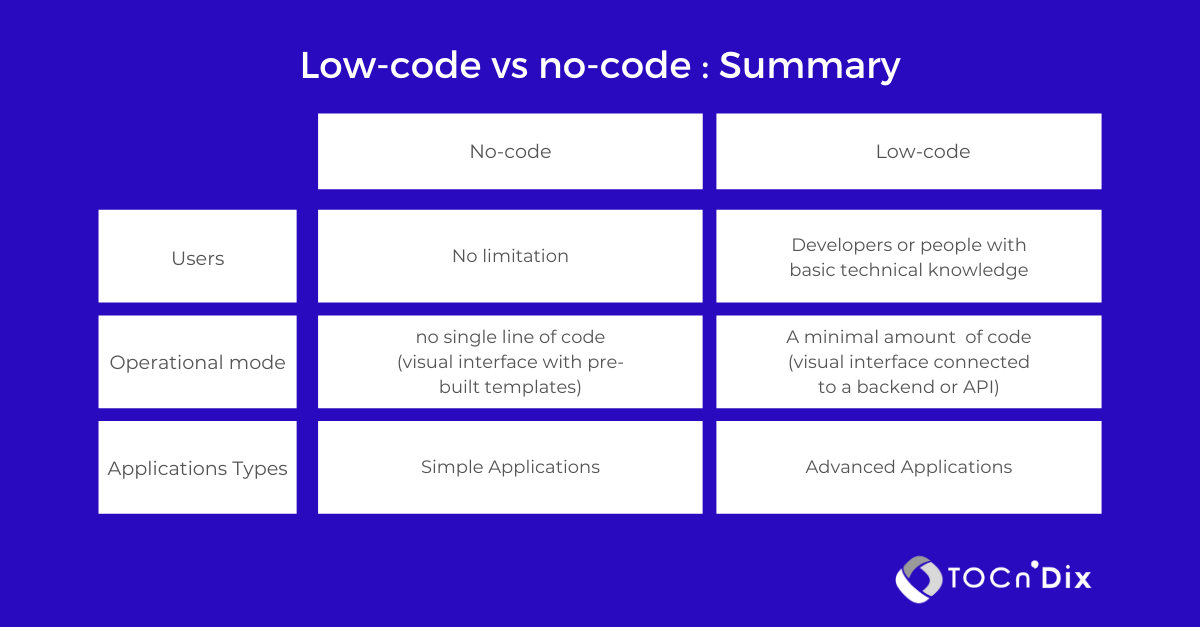To develop applications, simplify the work of your teams and choose Mendix! We give you 5 reasons to use the low-code platform …
TOCnDix Joins Mendix’s ISV Program
PRESS RELEASE
TOCnDix joins Mendix’s ISV Program to Sell a Market-Leading Low-Code Solution Targeted at the Professional Services Industry

Agile Digital Makers
January, 13th 2021
The Teamer by TOCnDix delivers unique HR, budget and project management offering to monitor and optimize productivity while keeping tracking of HR metrics. It provides an all-in-one platform for companies to improve efficiency and empower their teams (even remote).
TOCnDix announced today that it has become an official Mendix Independent Software Vendor (ISV) Partner for its projects and workforce management solution, The Teamer with key capabilities like monitoring project’s burn rate, time tracking, resource scheduling and project budget management.
The Mendix ISV Program is available for partners that are looking to expand their business and monetize their domain expertise by selling unique customer-centric solutions. The program provides an ideal set of benefits to enable businesses to successfully develop, bring to market, sell, and deploy software solutions built on Mendix’s leading low-code development platform.
Through the program, TOCnDix will provide a smart and simple solution to HR and project management.
The Covid-19 pandemic has severely disrupted the way workforce function and perform. All businesses struggle to survive and try to identify growth opportunities.
To protect employees, the lockdown has forced the shift to a remote workforce.
For managers, there is a real challenge of ensuring business continuity and of maintaining control over their workforce. Not all businesses were ready for this forced digital transformation.
There is a need for a simple, user friendly and easy to implement tool to answer both needs of projects and workforce management, to ensure maximized productivity under those circumstances, while keeping employees motivated and their morale up.
The Teamer provides a single user interface to Project and HR management: all-in-one platform for managers who are willing to optimize their workforce productivity.
The Teamer is the perfect tool, for any company, to easily empower (remote teams), keep track of working hours, encourage collaboration across team members, ensure project management optimization and at the end of the day increase productivity.
In addition to the live attendance dashboard status, the clock-in/out feature helps employees and managers to measure working time across various projects. The platform also enables effortless timesheet management, including time-off.
The Project management dashboard helps managers to keep track of essential project KPI’s. They can easily: assign available resources to project by role, estimate the scheduled man-days required, keep project’s budget on track to avoid budget overrun, track billable hours across projects, and even export custom reports.
The Teamer was designed to be used on desktop, tablets, or mobile phones, with the same time management capacities.
The partnership signifies an important impact to the Professional Services Industry, and specifically to HR managers, project managers, and owner of business services companies. The added Mendix capabilities allow The Teamer to be seamlessly customizable to specific business needs within a considerably shorter time to market. Additionally, the Mendix platform eases the connection and integration to the customer’s existing systems.

Joel Bloch, CEO at TOCnDix said, “Thanks to the TOCnDix team of Mendix experts we’re able to quickly deliver scalable business applications. We are thrilled to join the Mendix ISV Program to support our growth, shorten new customer acquisition time and facilitate the process of maintaining existing customers.”
Rohit Tangri, Global Vice President, Portfolio Strategy and Business Development, at Mendix, said “The Mendix ISV Partner Program will enable TOCnDix to provide an HR and project management solution to the professional services industry, built on the Mendix low-code platform. We are excited to have TOCnDix as a new addition to our growing ISV Program as this partnership will enable TOCnDix to offer a customer-proven solution – The Teamer.”
Learn more about the Mendix platform.
Connect with Mendix
About Mendix
Mendix, a Siemens business and the global leader in enterprise low-code, is reinventing how applications are built in the digital enterprise. With Mendix, enterprises can broaden development capability; make intelligent, proactive, and contextual apps; and modernize core systems, while maintaining security, quality, and governance. Globally, 4,000 companies use Mendix.
Learn more about the TOCnDix Services and The Teamer
Connect with TOCnDix
About TOCnDix
TOCnDix is a fast-growing tech company, dedicated to assist and support enterprises on their way to digital transformation by providing innovative and creative Low-Code development services. With offices in France and in Israel, our experienced team of experts, certified by Mendix, has successfully delivered secure and robust applications for international corporation in Europe, Brazil, and the USA.
Thanks to our expertise in the Mendix technology and the Agile methodology, we make the most out of the joint effort between IT and business.
Media Contact Information:
Sara Black
(213) 618-1501
Dan Berkowitz
Senior Director Global Communications
(415) 518-7870
Sarah Mrejen
Marcom and Partnership Manager
Embedded links
- TOCnDix website
- The Teamer website
- Mendix
- Mendix ISV program
- The Teamer page on Mendix Solution Gallery
Want to receive new articles before we hit publish?
Register to our newsletter!
TOCnDix Joins Mendix’s ISV Program
The Teamer – Mendix App
Empower your teams with The Teamer. Discover a powerful projects and workforce management application. Give your (remote) workforce the flexibility they need while keeping track of your profitability metrics.
Mendix/SAP Integration
Build custom applications at scale – Web and native mobile, faster with the Low-code platform Mendix and extend the power of your existing SAP based systems.




























Recent Comments